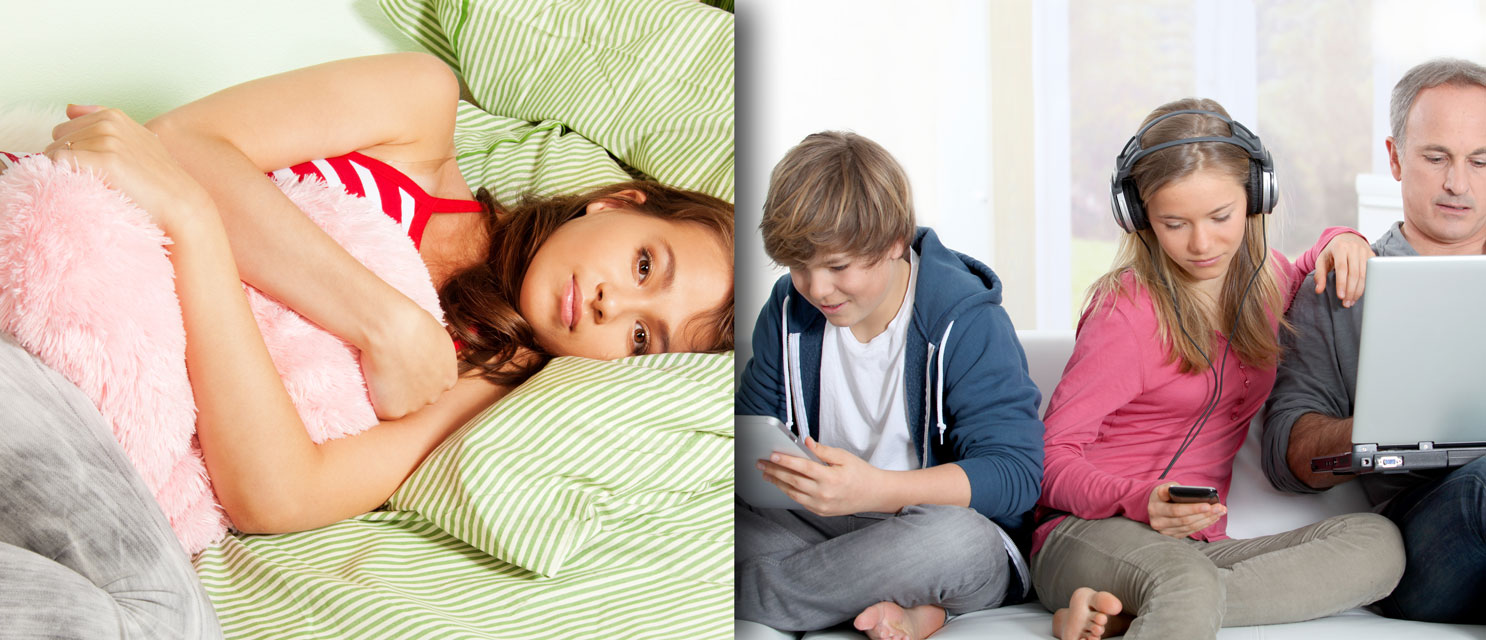
A Love Affair with Rubber – The art of Hannalie Taute
January 30, 2015
Valentine’s Day Election
February 7, 2015Time to update recommendations on healthy use of electronic devices, say researchers
[Sleep and use of electronic devices in adolescence: results from a large population-based study doi 10.1136/bmjopen-2014-006748]
The longer a teen spends on screen time throughout the day before going to bed, the worse quality sleep s/he is likely to have, suggests a large study published in the online journal BMJ Open.
It’s time to update the recommendations on the healthy use of electronic devices, and extend them to the latest technology, such as tablets and smartphones, say the researchers.
They base their findings on almost 10,000 16 to 19 year olds, all of whom were part of the Norwegian youth@hordaland study in 2012.
The teens were asked how much screen time they spent outside of school hours, and on what activities, for any of the following electronic devices: computer; smartphone; Mp3 player; tablet; games console; and TV.
They were also asked questions about their sleep routine on weekdays and at weekends: when they normally went to bed and got up; how much sleep they needed to feel rested; and how long it took them get to sleep (sleep onset latency).
Some gender differences emerged in activities and preferred devices. Games console use was more popular among the boys, whereas girls were more likely to use smartphones and Mp3 players. Girls spent significantly longer on their computers chatting online while boys spent longer playing games on consoles and computers.
Almost all of the teens said they used one or more electronic devices shortly (an hour) before going to bed.
Although frequency of use differed among the various devices, use of any device during the day and in the hour before bedtime was linked to a heightened risk of taking longer than 60 minutes to get to sleep.
In particular, use of a computer, smartphone, or Mp3 player in the hour before bedtime was significantly associated with taking longer to fall asleep. A period of more than half an hour is normally defined as long sleep latency in adults, say the researchers.
Total daytime screen use of more than 4 hours was linked to a 49% greater risk of taking longer than 60 minutes to fall asleep.
And a total of more than 2 hours of screen time after school was strongly linked to both longer sleep onset latency and shorter sleep duration.
On average, the teens said they needed 8-9 hours of sleep to feel rested. But those who spent more than 2 hours emailing or chatting online were more than three times as likely to sleep for less than 5 hours. While those who spent more than 4 hours in front of any screen were more than 3.5 times as likely to sleep for less than 5 hours.
When the analysis looked at individual devices, the strongest association for shortened sleep and less sleep than deemed necessary was found for computers, although this technology was one of the most commonly used of all the electronic platforms.
Multi-taskers—those using more than one device—were also more likely to take longer to get to sleep and to sleep for less—than those who used only one device.
Teens who used four or more devices were 26% more likely to take 60 or more minutes to fall asleep than those who used just one.
And teens who used two to three devices were 50% more likely to sleep for less than 5 hours than those who used just one device; teens who used four or more devices were 75% more likely to do so.
Screen use may simply replace sleeping time or may interfere with sleep by stimulating the nervous system, suggest the researchers, in a bid to explain their findings. Alternatively, the light emitted from electronic devices may interfere with the body clock (circadian rhythm).
“The recommendations for healthy media use given to parents and adolescents need updating, and age specific guidelines regarding the quantity and timing of electronic media use should be developed,” write the researchers.




